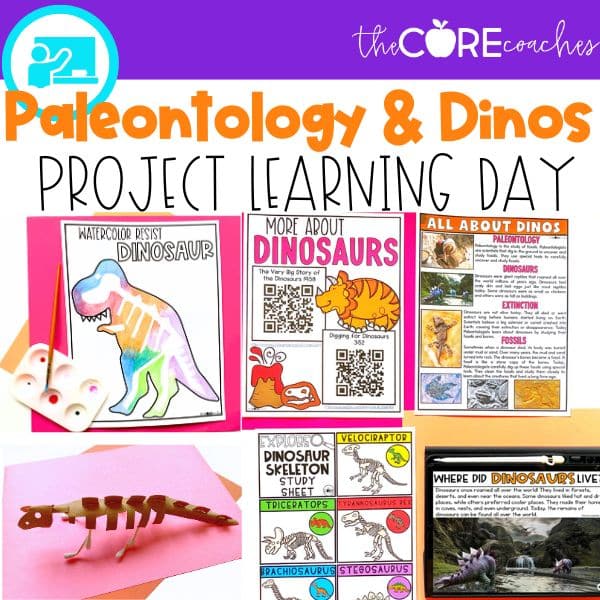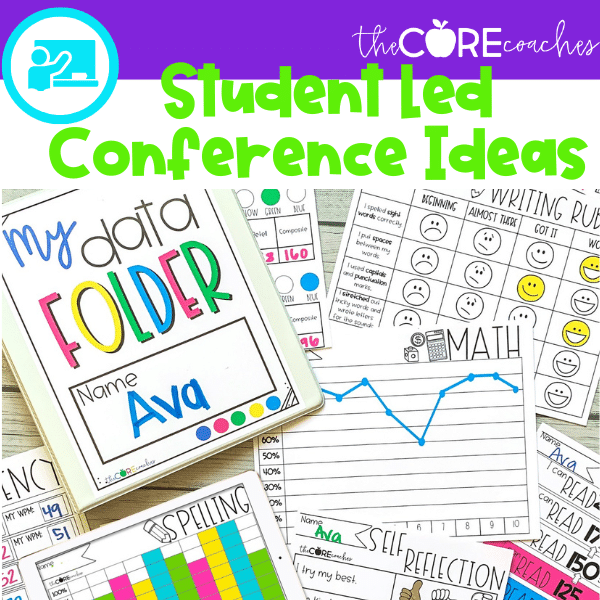Micro schools have been popping up around the country, making these modern-day one-room schoolhouses appear to be the newest craze in education. With so many new practices in the world of education every year it can be tricky to determine what will be a phase and what will last. However, while micro schools may seem like the newest craze, the benefits of micro schools may lead to this model becoming more than a phase.
Small Class Sizes
For decades one of the biggest concerns in traditional schools has been the class sizes. Especially in public schools. However, even class sizes in private and charter schools are often larger than the ideal size.
What is considered a large class size vs a small class size will vary from person to person. One person may think that a class of 25 students is a reasonable class size. However, another person may think that a class of more than 20 students is too large.
Whatever your personal perspective is, you have more control over finding what you consider a small class size within a micro school. One of the main benefits of micro schools is that they are truly committed to small class sizes. Therefore, whether you are a parent, a teacher, or someone looking to start a micro school – you can find (or create) a school that fits your ideal class size.
How Big are Micro School Classes?
A micro school as a whole can be anywhere from a dozen to 150 students in the entire school. Smaller schools of only a dozen students typically place all the students in one class.
Larger schools of up to 150 students typically have several different classes. Therefore, each class could have anywhere from a handful of students to a few dozen. However, since small class sizes are a crucial element to this learning model, most micro schools maintain classes of less than 20 students.
Why are Small Class Sizes Important?
One of the reasons small class sizes are so important is that they allow each student to have more individualized support from their teachers. Therefore, students who are struggling are able to meet one-on-one with their teacher for support.
In addition, one-on-one attention helps identify students who are ahead of the curriculum. This allows teachers to help these gifted students move forward with a more engaging curriculum.
Overall, more individualized support from the teacher allows for ALL students to have the support they need. Therefore, students feel successful. More importantly, students can demonstrated this success in their learning in away that is tailored to their unique needs.
Age Level Classrooms
Another way that individual student learning is supported in micro schools is in the way that classrooms are set up. Micro school classes are created based on age. Moreover, each class typically includes a range of student ages. For example, one class may be for 3-5 year olds and another is for 6-9 years olds.
While this is quite different from traditional schools that are separated by a single age group, there are a lot of benefits to this model.
The single-age grade system of traditional schools does not account for the individual skills and learning abilities of each student. It does not allow for students who are “below grade level” to slow down and get support. Moreover, it does not allow for a student “above grade level” to be challenged with more complex academics.
Another issue with a single grade system is that most students are stronger in one subject area and struggle in another. Therefore, a student may find reading and writing to be easy but have a difficult time in science.
In a traditional school model, students typically are not able to explore these subject areas based on their current skill level. Moreover, at the same skill level as every other student in that grade. However, in an age-level grouping system, students get to learn where they are!
In a micro school, a 6-year-old and 8-year-old may have the same skills in science, so they are grouped for science class. However, that same 8-year-old may not do well in Math. On the other hand, the 6-year-old may excel in math.
Therefore, these two students would be placed in different math groups. This model supports each student and allows them to progress faster because they are getting the support they need for where they currently are.
Student-centered learning environment
Both small class sizes and age leveled learning groups are benefits that reflect a student-centered learning environment. This is truly what micro schools are all about. The focus of micro schools are the students.
Guided instruction
One way that micro schools are student centered is in the way teachers approach instruction. In traditional schools, instruction is often teacher centered. This means that the students are focused on the teacher who is lecturing (yes, even at the elementary school level).
While most teachers do not like lecturing, especially in elementary school, in large classrooms it is difficult to get away from this. However, in small classrooms, teachers are able to shift to student centered instruction.
Student centered instruction moves away from the teacher speaking at the students. Rather, in this model the teacher acts as a guide. While the teacher may provide general instructions for the class, the learning process is centered around students. Students have time to explore new concepts through discussion and inquiry (rather than simply listening to the teacher speak).
In addition, since there is flexibility in the schedule students are often provided more time for inquiry. Therefore, having time to truly learn in depth rather than feeling they need to rush onto the next required lesson.
Interest Learning
Teachers and parents know that the more a child can personally connect to a topic the more they are able to invest in learning about it. Therefore, student centered classrooms in micro schools are focused on engaging the whole student. This goes beyond their skill levels in academics and includes creating learning opportunities that address their personal interests.
While teachers in larger schools know how using personal interests can support learning, they unfortunately do not often have the means to make this a consistent part of their curriculum. Moreover, they typically do not have the time to get to know each student on a personal level that would allow them to include activities that appeal to every single student’s interests.
However, in small classes of only a dozen or so students, teachers have time to get to know each student personally. They can learn about each student’s interests outside of class. Therefore, they can aim to include these interests in the curriculum. In addition, this attention to the student also helps develop better Teacher-student relationships.
Hands On Learning
While micro schools have a set learning location – such as someone’s house – they are also easily mobile. With small class sizes and flexibility in the class schedule, micro schools are able to take learning outside the classroom.
The ability for class to move beyond four walls creates opportunities for students to engage in true hands-on learning. Moreover, having opportunities to connect what they learn in the classroom with the real world.
This type of hands-on learning is a huge benefit as it often engages students in learning by helping them see how the skills they learn in reading, math, science, and even history transfer to the world around them. Moreover, this helps students begin to develop an interest in real world situations from an early age that can guide them towards careers they are passionate about.
As much as all schools want to be student centered, micro schools are the one model that truly allows for this type of learning to happen.
Try one of our high interest Learning Quests. Click the button below and try a learning quest for free. We have over 80 different topics that are sure to engage your students. Pick a topic you know they have a high interest in to start.






